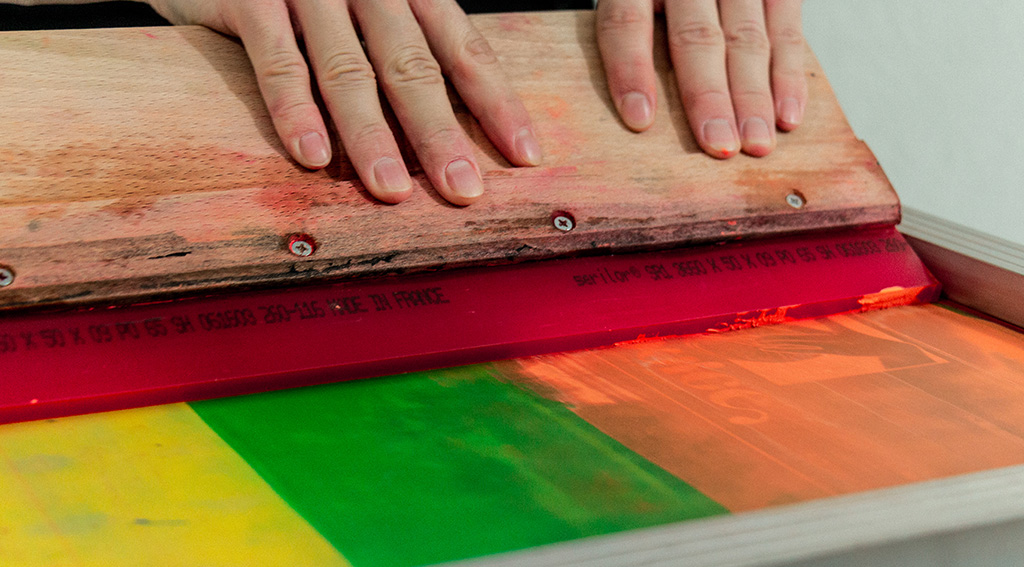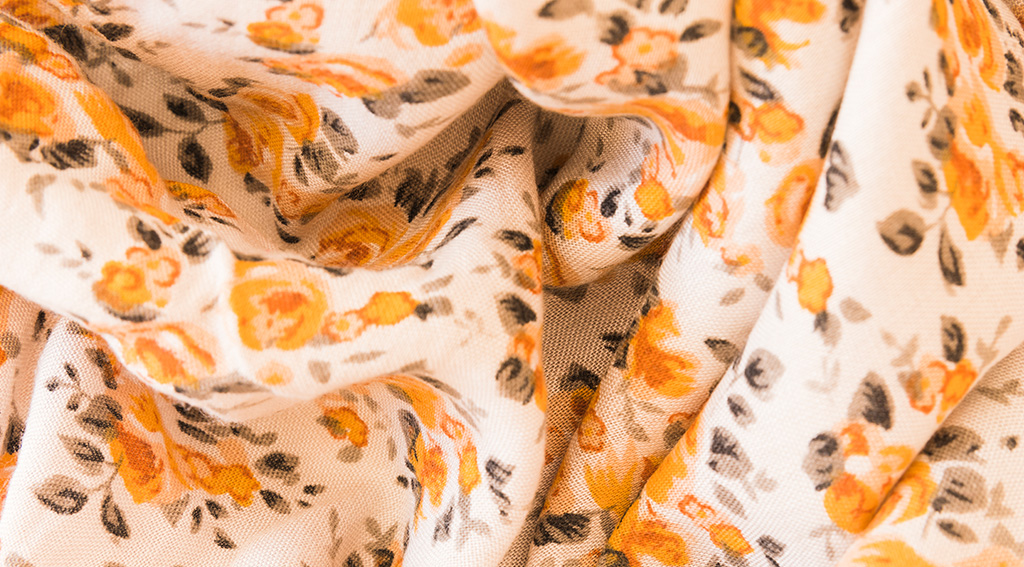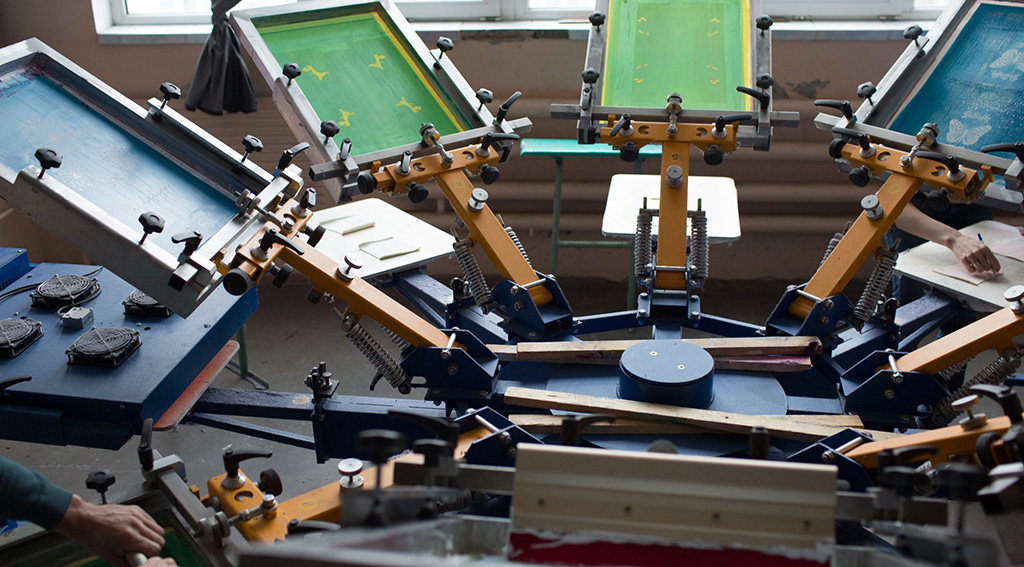
Rotary screen print techniques are a crucial process in the fabric and textile industry, enabling the transfer of unique patterns and creative designs onto fabric surfaces. This method provides excellent flexibility in bringing patterns and designs to life in areas such as fashion, interior decoration, clothing, and other textile products. The application of these techniques to fabrics adds a unique aesthetic and visual appeal to textile products.
The rotary screen printing process can be achieved through various techniques, including printing, screen printing, transfer printing, and digital printing. These methods ensure the clear, vibrant, and durable transfer of patterns and designs onto fabric surfaces, providing designers with limitless creative freedom and opening doors to creating original collections.
Rotary screen print techniques also enhance the durability of the fabric. Colors become resistant to washing and wear, ensuring that textile products remain fresh and vibrant for an extended period. Additionally, these methods enhance user comfort by transferring patterns without compromising the fabric’s texture.
These techniques are also crucial from a sustainability perspective. They require less water and energy compared to traditional printing methods, reducing environmental impact. Moreover, they help minimize resource consumption in the textile industry, contributing to the production of eco-friendly products.
In conclusion, rint rotary screen print techniques transferring patterns and designs onto fabric is an indispensable process in the fabric and textile world. These techniques play a significant role in aesthetics, durability, and sustainability, expanding the boundaries of the design world. Therefore, print techniques are an essential tool for enhancing the creativity and quality of the textile industry.


